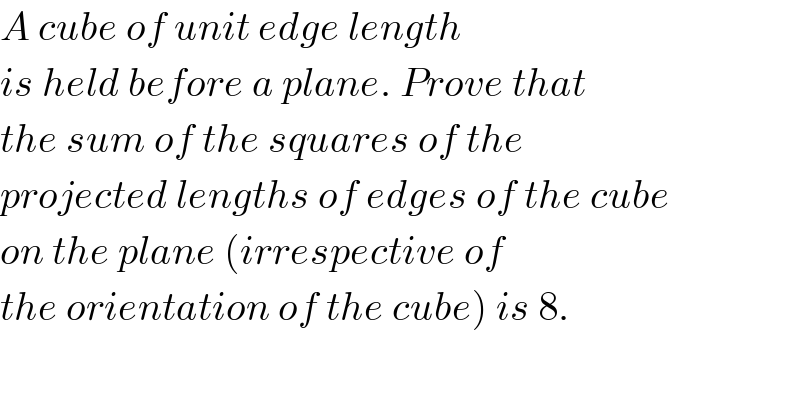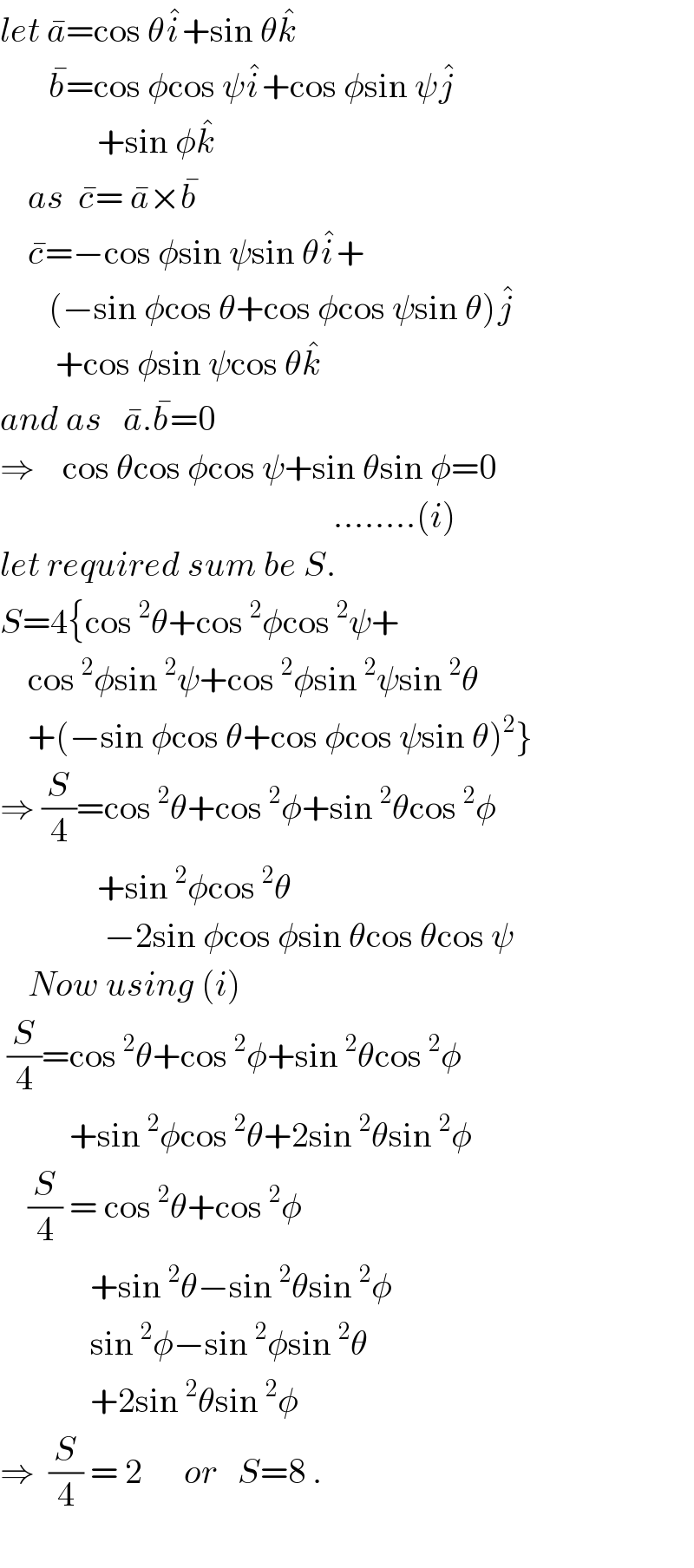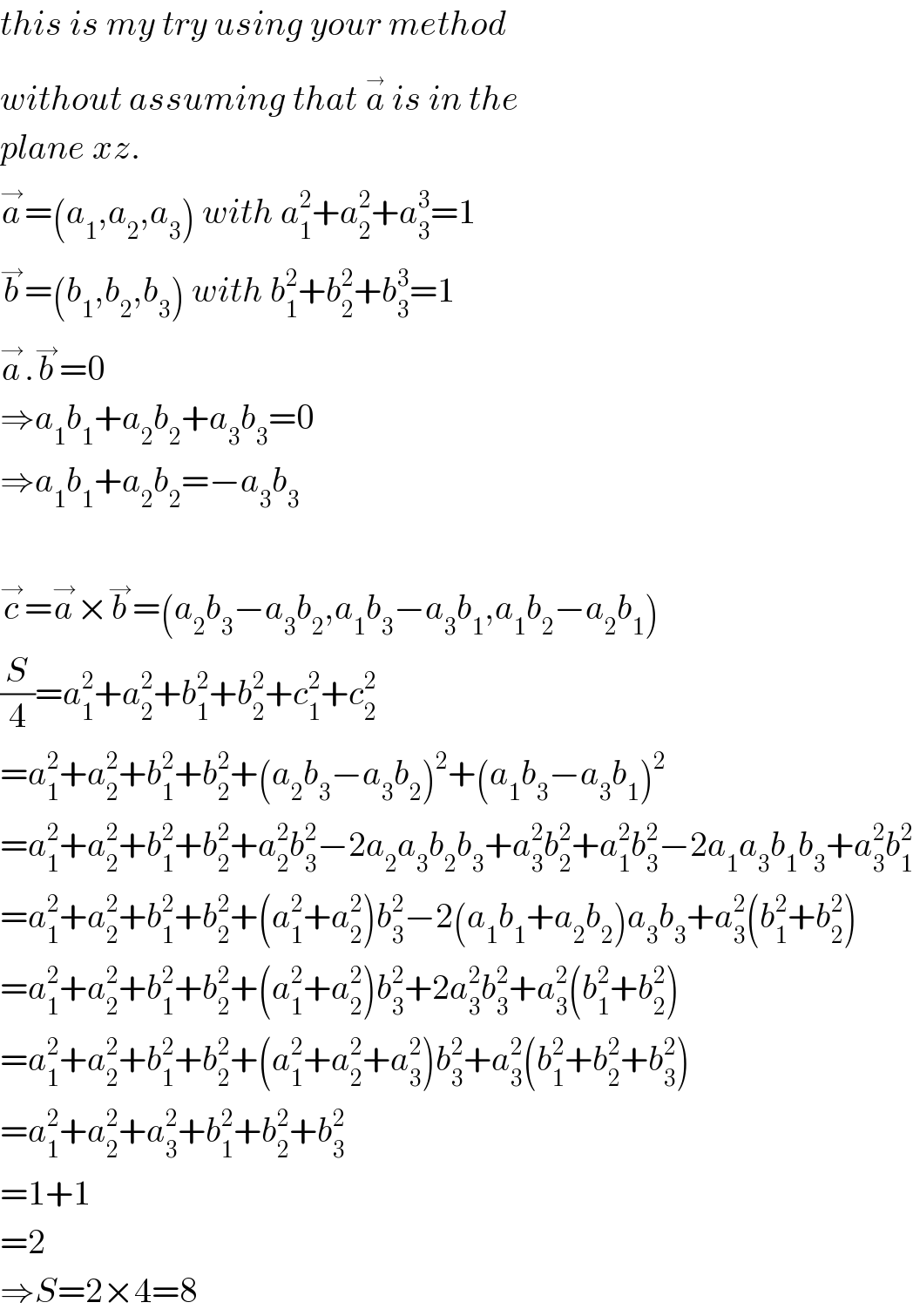
Question and Answers Forum
Question Number 62121 by ajfour last updated on 16/Jun/19

Answered by mr W last updated on 16/Jun/19

Commented by mr W last updated on 16/Jun/19

Commented by ajfour last updated on 16/Jun/19

Answered by ajfour last updated on 16/Jun/19

Commented by ajfour last updated on 16/Jun/19

Commented by mr W last updated on 16/Jun/19

Commented by ajfour last updated on 16/Jun/19

Commented by mr W last updated on 16/Jun/19

Commented by ajfour last updated on 16/Jun/19

